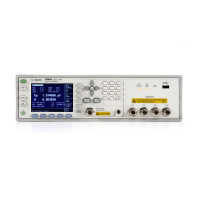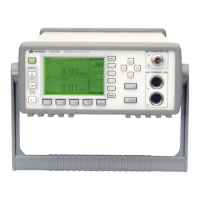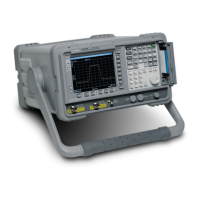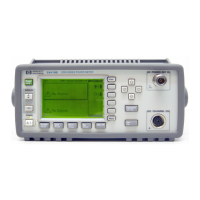E5071C
988
Sending SCPI command messages
• Type and Structure of Commands
• Grammar of Messages
• Remote Mode
Other topics about Overview
Type and Structure of Commands
The SCPI commands available for the E5071C are classified into 2 groups
as follows.
E5071C commands
Commands specific to the E5071C. They cover all measurement functions
that the E5071C has and some general-purpose functions. The commands
in this group are arranged in a hierarchical structure called the command
tree. Each command consists of character strings (mnemonics) indicating
each hierarchical level and colon (:) separators between hierarchical levels.
IEEE common commands
Commands to cover general-purpose functions defined in IEEE488.2 that
are available commonly to instruments that support this standard. The
commands in this group have an asterisk (*) at the beginning. For the
commands in this group, there is no hierarchical structure.
Concepts of the command tree
The commands at the top of the command tree are called "root command"
or simply "root." To access lower level commands in the tree, you need to
specify a specific path like a directory path in the DOS file system. After
power-on or reset, the current path is set to the root. Special characters in
messages change the path setting as described below.
Message terminator
A message terminator such as the
<new line> character sets the current path to the root.
Colon (:)
A colon between 2 command mnemonics lowers the level of the current
path in the command tree. A colon used as the first character of a
command specifies the command mnemonic that follows as the root-level
command.
Semicolon (;)
A semicolon does not change the current path and separates 2 commands
in the same message.
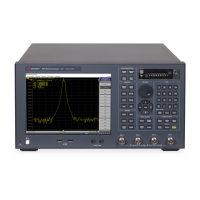
